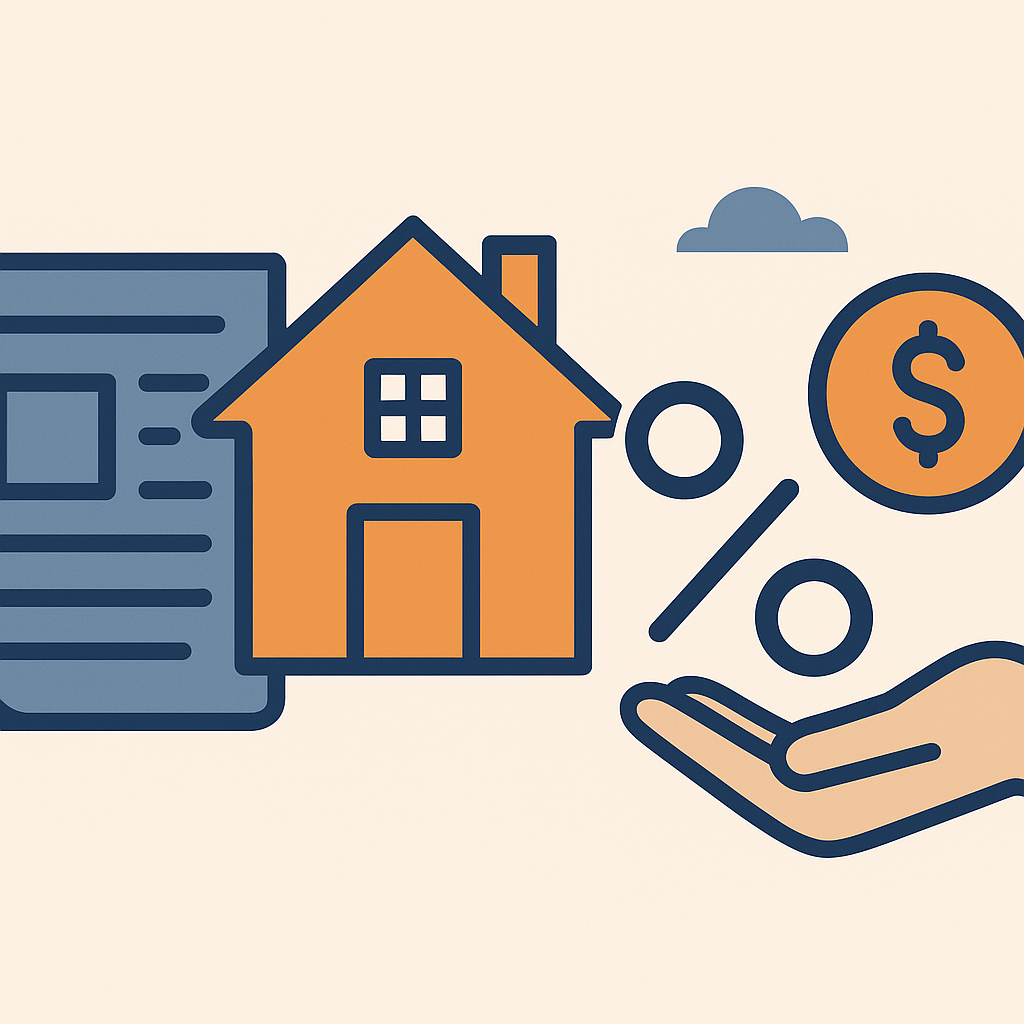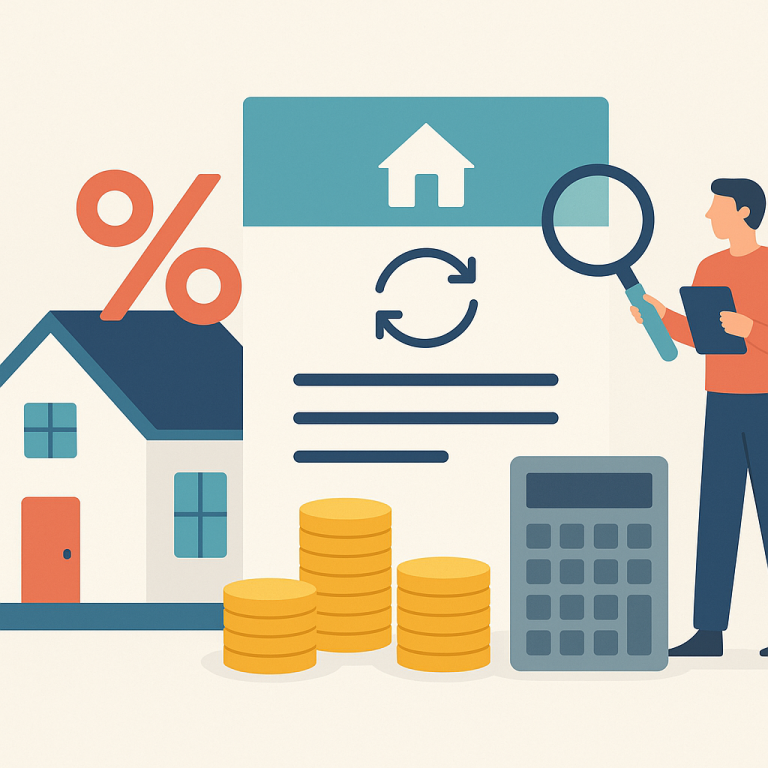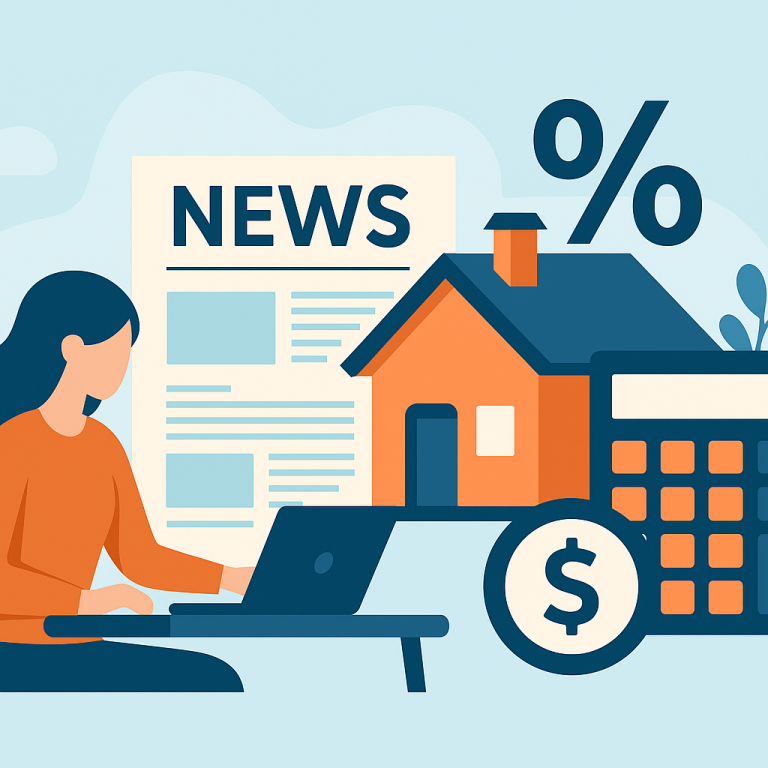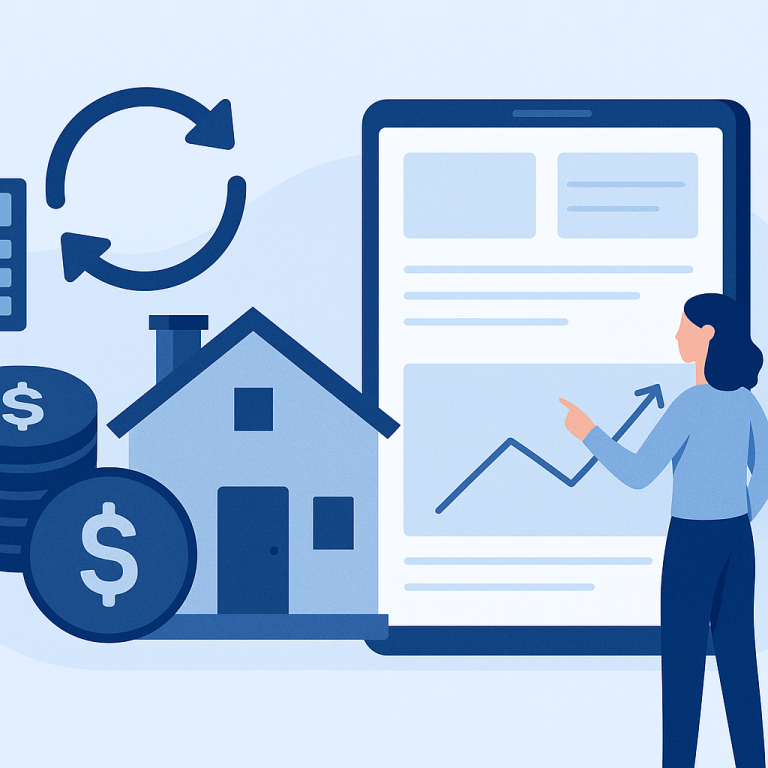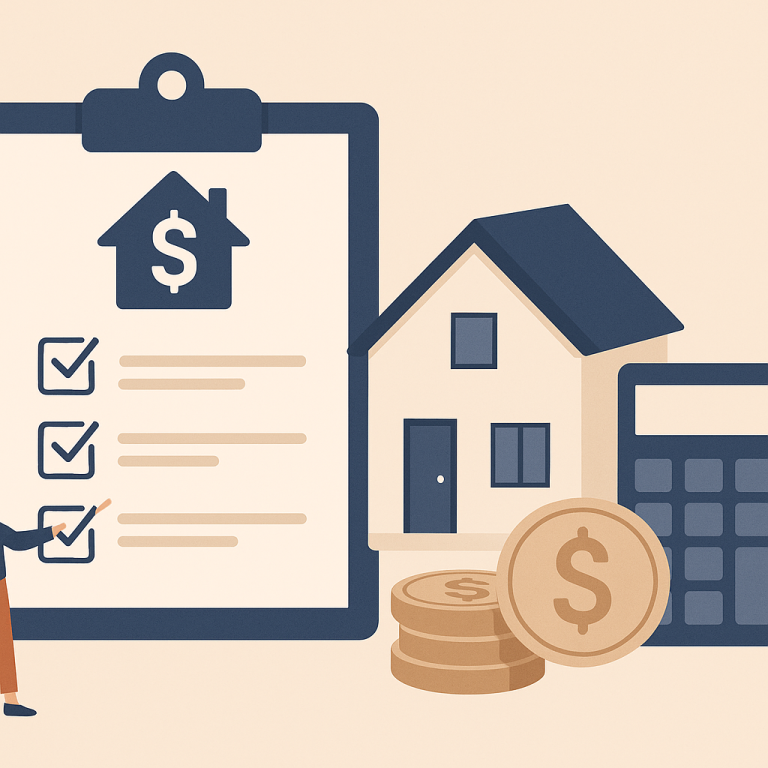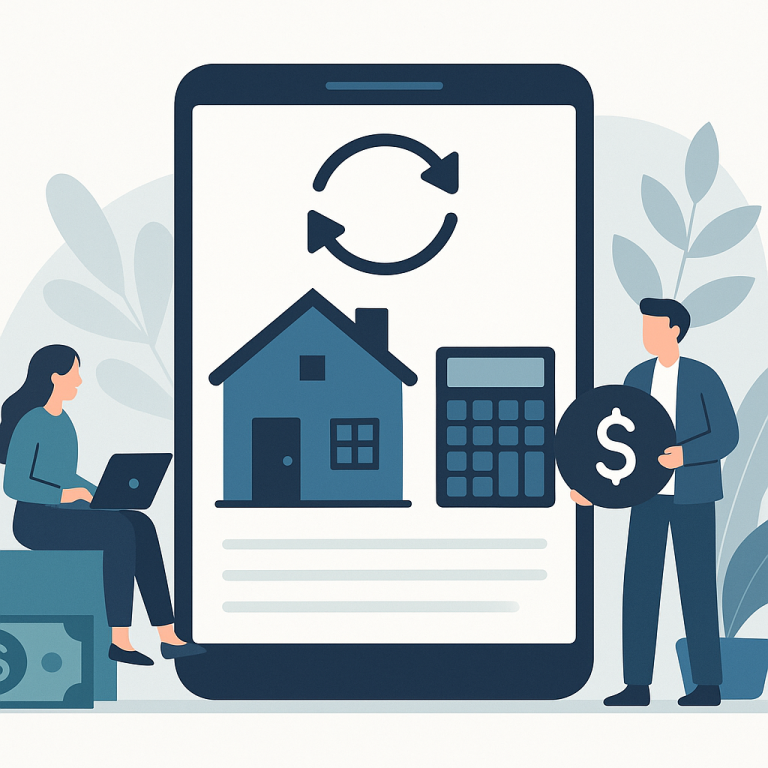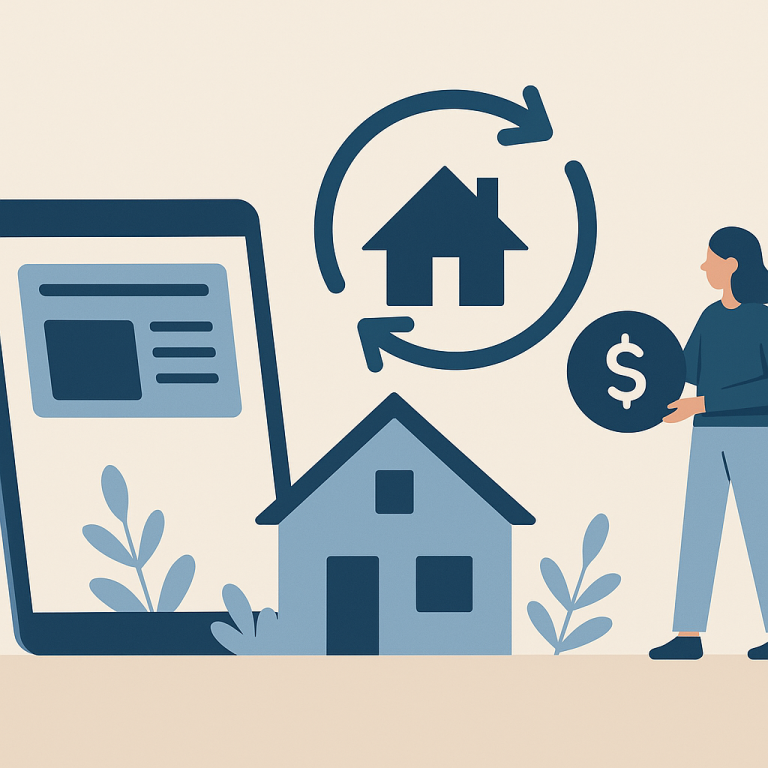Top Lenders Raise Mortgage Refinance Fees, Average Closing Costs Increase $450
Refinancing Activity Shifts as Rates Stabilize, Homeowners Weigh Costs and Term
Mortgage refinancing has moved into a more selective phase as interest rates show signs of stabilizing after a period of volatility. Lenders are balancing demand from homeowners seeking lower monthly payments and cash-out options with tighter underwriting standards and the need to price products to reflect ongoing market uncertainty.
Industry observers say the recent pause in wide swings has given borrowers time to reassess whether refinancing still makes sense for their individual goals. For many, the decision hinges less on headline rate movements and more on the interaction between closing costs, remaining loan term, home equity and future plans for the property.
Where Lenders Are Focusing
Lenders are increasingly distinguishing between rate-and-term refinances, cash-out refinances and home-equity products. Rate-and-term refinances aimed at reducing monthly payments remain available for borrowers with strong credit profiles and substantial equity. At the same time, cash-out transactions face closer scrutiny, with some originators tightening loan-to-value thresholds or adjusting pricing.
Underwriting practices are also evolving. Documentation standards and credit evaluation are emphasized as lenders seek to limit risk. Borrowers with recent credit events or marginal income documentation may find options more constrained than during prior refinancing cycles.
Borrower Considerations: Break-Even and Loan Term
Key to the refinancing decision is the break-even period — the time it takes for savings from a lower interest rate to outweigh the costs incurred to refinance. With rates relatively steady, that calculation is again central. Homeowners who plan to remain in their home for only a few years may find the break-even horizon too long to justify the upfront costs.
Another element is the impact of refinancing on the overall loan term. Restarting a 30-year mortgage to lower payments can increase total interest paid over the life of the loan. Conversely, refinancing into a shorter-term loan can accelerate equity build-up but increase monthly obligations. Borrowers must weigh monthly cash flow needs against long-term wealth objectives.
Alternatives and Strategic Options
For homeowners who need liquidity but do not want to refinance the first mortgage, home-equity lines of credit and second liens remain alternatives. These products are useful for targeted borrowing but have different pricing and repayment characteristics that should be compared closely with a cash-out refinance.
Adjustable-rate options and hybrid products can also be appropriate for borrowers with specific timelines or plans to sell. Because these carry rate-reset risk, they are generally recommended for those comfortable with potential future rate changes or who expect to move before adjustments occur.
Homeowner Takeaways
- Calculate the break-even period before committing: include all closing costs and compare against expected time in the property.
- Compare total interest over the loan life, not just monthly payment changes, especially when extending or shortening the term.
- Review equity and credit position early; stronger profiles will have more options and better pricing.
- Consider alternatives — HELOCs or second liens — if you need cash but want to avoid refinancing the entire mortgage.
- Request detailed loan estimates from multiple lenders and ask about rate locks, fees and prepayment terms.
As mortgage markets settle into a less volatile pattern, successful refinancing decisions are becoming more personalized. Homeowners who approach the choice with clear goals and careful cost comparisons are best positioned to determine whether refinancing advances their financial objectives.
META: refinancing-trends-homeowner-takeaways

